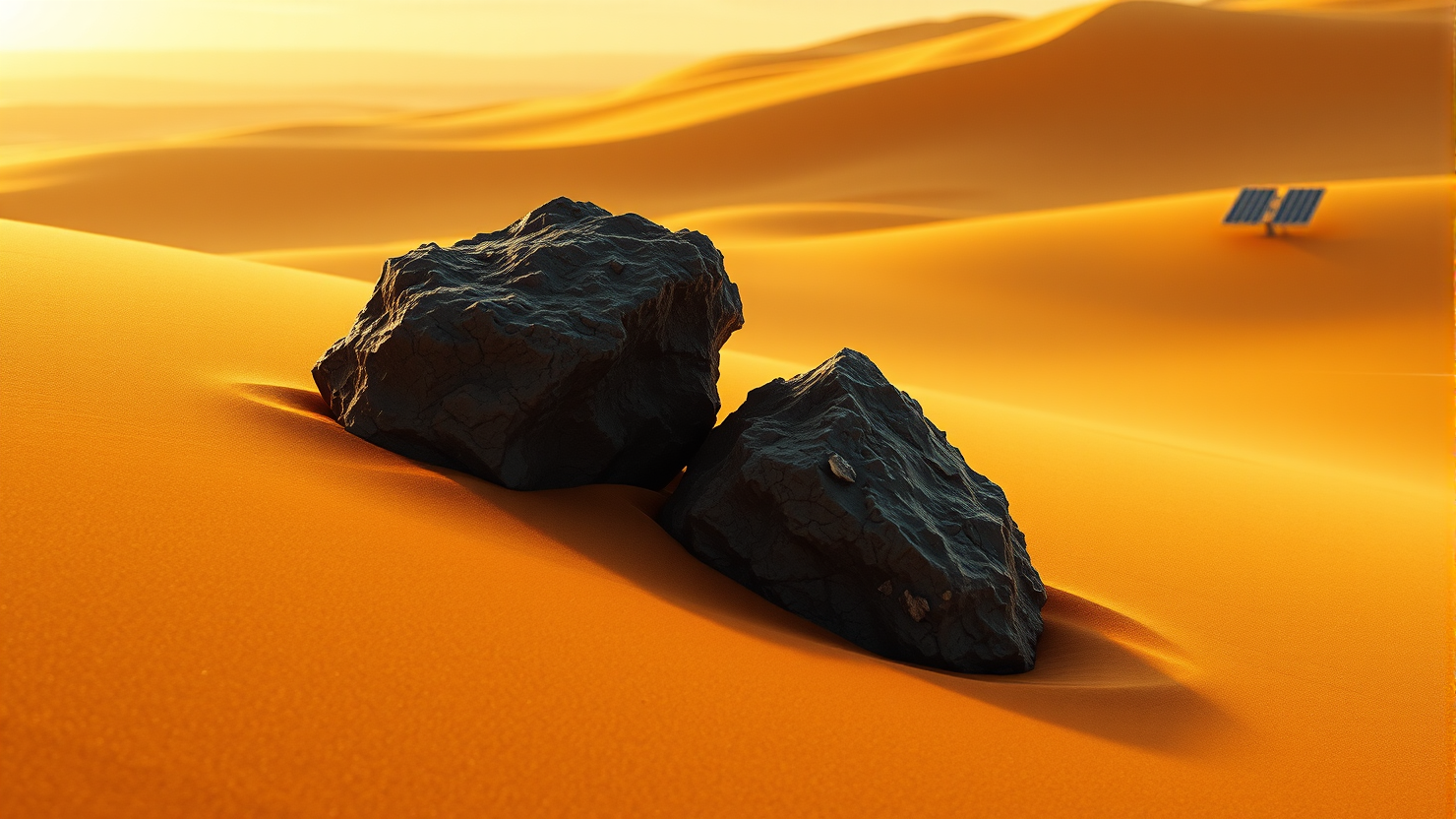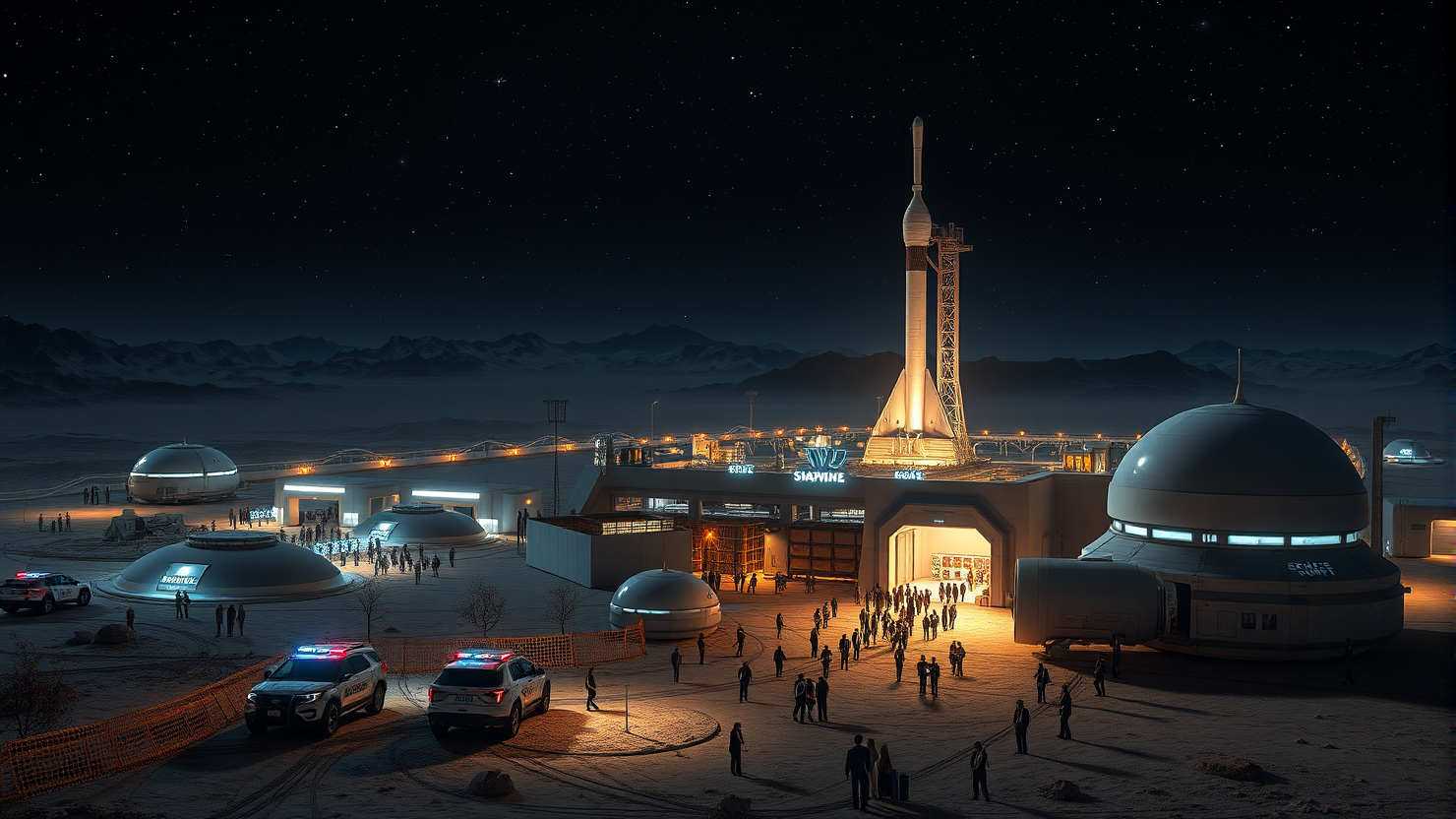Solar System’s Least Studied Planet: Meteorites Discovered in the Sahara Fuel Scientific Interest

In 2023, two meteorites discovered in the Sahara Desert have raised intriguing possibilities about their origin, as they may potentially originate from Mercury. If confirmed, these meteorites would represent the first identified fragments of the solar system’s innermost planet.
Mercury, the least studied and most mysterious of the rocky planets, presents significant challenges for exploration due to its proximity to the sun. Only two uncrewed spacecraft have visited Mercury to date – Mariner 10, launched in 1973, and MESSENGER, launched in 2004. A third, BepiColombo, is en route and scheduled to enter orbit around the planet in late 2026.
Scientific knowledge about Mercury’s geology and composition remains limited. In contrast, there are over 1,100 known samples from the moon and Mars cataloged by the Meteoritical Society, an organization that records all known meteorites. These meteorites originated as fragments ejected during asteroid impacts on the moon and Mars before traveling through space to reach Earth.
The possibility of Mercury ejecting Earth-bound meteorites is not unprecedented, although it is more difficult due to the planet’s closer proximity to the sun. Venus, despite being closer to Earth than Mars, may prevent the launch of impact debris due to its greater gravitational pull and thick atmosphere.
Ben Rider-Stokes, a postdoctoral researcher in achondrite meteorites at the UK’s Open University, and lead author of a study on the Sahara meteorites, has suggested that based on dynamical modeling, there should be around 10 Mercury meteorites. However, no such meteorite has been confidently identified to date.
The two meteorites in question – named Northwest Africa 15915 (NWA 15915) and Ksar Ghilane 022 (KG 022) – exhibit compositional clues that suggest a potential link to Mercury. These samples contain olivine and pyroxene, two iron-poor minerals confirmed by MESSENGER’s orbiting assessment of the planet’s crust.
However, there are some inconsistencies between these meteorites and what is known about Mercury. The fragments appear to have formed approximately 500 million years earlier than the surface of Mercury itself. This discrepancy could be due to inaccurate estimates, making a conclusive assessment uncertain.
Further analysis will be required to definitively prove or disprove a Mercurian origin for these samples. BepiColombo, set to begin studying Mercury in early 2027, may provide crucial insights into the planet’s mysteries, including its origins and potential water content.
Identifying fragments of Mercury would significantly advance our understanding of this enigmatic planet. However, a mission to gather samples from Mercury and return them to Earth would be extremely challenging and expensive. Nevertheless, the debate around these meteorites is expected to continue among the planetary science community. Rider-Stokes plans to discuss his findings at the annual meeting of the Meteoritical Society this week in Perth.






